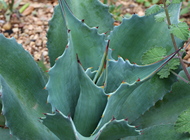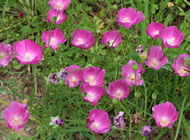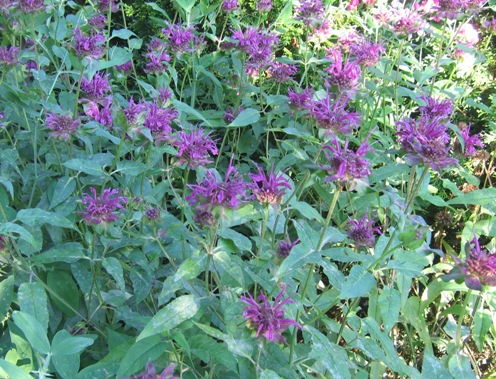 |
Monarda sp. |
 |
| Common name |
bee balm |
| Family |
lamiaceae |
| Life cycle |
perennial |
| Flowers |
various |
| Size |
3' |
| Light |
sun |
Popular member of the mint family, with fragrant flowers on upright stems. Bee balms have the reputation of being aggressive spreaders - but they're nicely confined in our garden (I even confess to having killed one of our two patches through neglect - how I do not know). In fact, it's not a plant that I think about a whole lot (which is good during the time it's afflicted by powdery mildew), but it certainly makes a nice clump when it's blooming in early summer. Post-mortem: I'm afraid our side garden probably got too shady (courtesy of the large weeping cherry) for the continued survival of our patch there. Our garden is now without bee balm.
|
This plant used to grow in our garden, but it slipped away... About my plant portraits
Visitors to this page have left the following comments| Sean | Dec 10, 2010 | I too live in the Lehigh Valley, I grow the Monarda didyma"Jacob Cline". Much better variety; taller, red, and gets no mildew even though I have it growing next to my shed with no air circulation. Hummingbirds are a regular visitor to my patch. |
I welcome comments about my web pages; feel free to use the form below to
leave feedback about this particular page. For the benefit of other visitors
to these pages, I will list any relevant comments you leave, and if
appropriate, I will update my page to correct mis-information. Faced with an
ever-increasing onslaught of spam, I'm forced to discard any comments including
html markups. Please submit your comment as plain text. If you have a
comment about the website as a whole, please leave it in my
guestbook. If you
have a question that needs a personal response, please
e-mail me.
Last modified:
May 11, 2013
Contact me
|


